Current Trends: Pink House / Kaneko-Kei Influence on Lolita
I’ve been collecting/wearing vintage Pink House pieces for a few years now, and while my wallet is sad that Pink House is seeing a surge of popularity, it’s been a great source of new inspiration.
So, I’d like to take a bit of a look at this trend, it’s (recent) history and what it is… and isn’t.
First, before we start, let’s define some terms:
Style Terms
Pink House
Pink House is a Japanese fashion company founded by designer Kaneko Isao in 1973, and established as it’s own company in 1982. It was born out of the prairie revival movement in Japan which took influence from the little house on the prairie TV series and western brands like Gunne Sax. Pink House uses cotton “calico” fabrics with heirloom details like pinktucks and openwork. Pink House is still in business and still makes items that are very similar to the items that are featured in the catalogs I have from the 1990s! The signature style for pink house involves layering detailed items, often with layers left unbuttoned to show a sliver of the layer below in a way that almost echos the layers seen in historical kimono. By the way, in 2004 Japanese Lolita on a lolita-specific platform were pretty certain: Pink house is not lolita.
Kaneko-Kei
Kaneko-kei is one of several terms I’ve seen used as an umbrella term to cover brands that Kaneko Isao has been at any point involved in like Pink House and Wonderful World, plus other brands that look like those brands. Other terms that Japanese lolita used around 2004 to describe Pink House’s style included Country-Style (カントリー系) or simply calling it PinHa (short for Pink House). Pink House is arguably the largest / most successful Kaneko-Kei brand. For the sake of this article, I’m going to use this term.
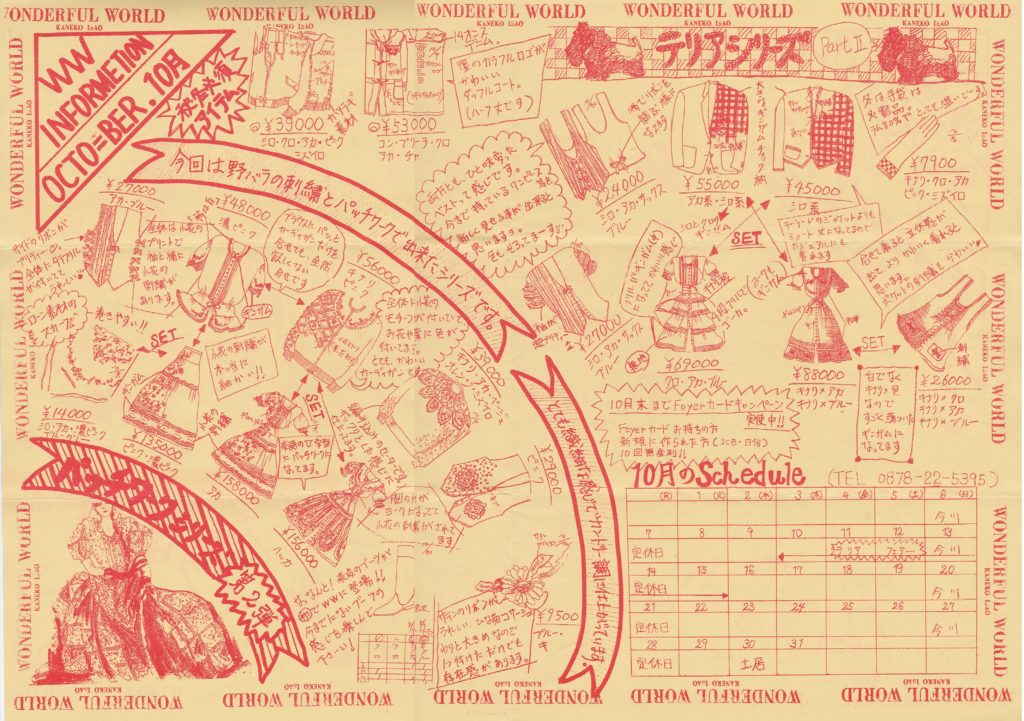
Natural-Kei
I don’t personally like using the term Natural-Kei. In Japan, there is ナチュラル系, which would translate to “Natural-Kei”, but it’s not the same thing that western J-Fashion fans mean when they talk about Natural-Kei (which is typically some subset of what we are calling Kaneko-kei). There is a fantastic piece of research here on the origins of Natural-kei in the west: Shocking Update: Natural Kei Doesn’t Exist (Sort of).
Mori Girl
Mori Girl, like lolita (more on that some other day) is a style name that was laid on top of existing brands and styles. Unlike lolita, Mori Girl has always had a very defined “lifestyle” that is a big part of the style. Mori Girl is often said to have started on Mixi in 2006, with a list that was basically “you might be a mori girl if you….”. To make a very sweeping generalization, Mori is defined as a style that uses natural fabrics, neutral colors and layers to evoke a romantic, vintage, forest maiden type of vibe. The mori blog “I don’t know much but I’m learning” has a great “What is Mori Girl” article. Mori Girl, while a lovely style, is considered to have come and gone in Japan, and likely isn’t influencing this current trend. (Also, I don’t wear mori girl, and am not an expert on the subject)
Cottagecore
Cottagecore is a western style movement which, from my understanding, takes it’s roots from the common lesbian fantasy of having a little cottage in the woods, or a little farm, or a commune with your friends/partner, where you can keep house and live and not be bothered by the outside world, or capitalism, etc. Initially, the term was used for quaint photosets and aesthetic posting on tumblr and similar sites, and later morphed into a more mainstream fashion aesthetic that is more-or-less divorced from it’s initial queer roots. Because the term is applied both loosely and widely, it’s hard to narrow down into an explanation that covers all the things it is to all people. Because it’s become trendy on sites where fashion influencers influence fashion (Instagram, tiktok, etc), it is influencing American fast fashion to some degree, which may in turn be influencing Japanese street fashion. However, there is also speculation that cottagecore is popular right now because of the trauma of the pandemic, which could speak to a more universal escapism fueling the trends in parallel.
Lolita
On the off chance you got here via an interest in any of the other styles above, Lolita fashion (ロリータ・ファッション(current / mainstream) ゴスロリ(alt spelling, less common than it used to be)) is a street fashion movement that started in Japan. I’ve seen references to it starting as a name in 1987, but that’s debatable, and in 1994 zipper magazine was treating it like a new trend that people would need a definition for still. Modern lolita fashion is defined by a particular silhouette with a skirt that looks like a bell, covered shoulders, covered legs, and often a large bow headband. Motifs range from antique/historic, to cutesy pop to gothic, with style influences coming from Victorian children’s wear, fairy tales, 1950s and other eras.
Ancient History
Olive Girls
Olive magazine was a magazine that launched in 1982 as a magazine aimed at young women / teens. It was highly influential and the girls who read the magazine were often called “Olive Girls”. Because girls who read olive tended to dress a certain way and/or because girls who dressed a certain way tended to read Olive, the term olive girl became an umbrella term to describe those styles.
In “The Cute Empire“, the author breaks down the Olive Girl styles into 3 major style tribes. One of those was “Girly” fashion style that used ribbons and frills, floral prints and other feminine motifs. The overall look had a fairy-tale like feel, included characters like alice in wonderland, and popular brands were Isao Kaneko’s Pink House, Wonderful World, MILK, AO and other similar brands.
We’ve already established that Pink House and Wonderful World fall under our Kaneko-kei umbrella.
As for AO and MILK, in 1994, Zipper magazine published an article talking about what lolita fashion was and the origins of the style. In that piece they interview people from AO and MILK, citing them as being lolita brands. (Interestingly, the PR person for MILK at the time replies back that what people are calling lolita at that time is just the style MILK has always made…). And, slightly before that, in 1993, Cutie Magazine published some spreads that showed what they considered lolita fashion. Items from MILK and AO were again included.
Atsuki Onishi
Atsuki Onishi, aka AO, is a now defunct. Their style in the catalogs I have from the mid 1990s is closer to Kaneko-kei than to lolita to me, but some of their 1980s items wouldn’t look out of place as modern lolita, like the floral skirt shown below. There is also a heavy use of fairy tale motifs. One thing I particularly find interesting is that the 1980s work that looks more lolita to me is from the era when Isobe-san of Baby the Stars Shine Bright was designing for the brand.
MILK
If we look at the first image below, we see someone who is wearing a blouse that fits more or less into what we consider lolita today, paired with the same MILK skirt from the lolita spread in Cutie. In the center, the dot print OP and more importantly, the apple gingham print skirt are both from MILK. While the skirt might not read as current lolita, it does read as being something we might see from Emily Temple Cute, which was also considered a lolita brand in the early days. And on the right, we see quintessential old school lolita looks, and the look on the right cites MILK again. Note the deep tucks at the bottom of the sax skirt and the open work between the tiers. These features are quite common in Kaneko-kei style pieces, but in this case, this is clearly lolita. (The girl in cream on the left in the last image is wearing Jane Marple).
Lolita fashion really hit it’s stride in the early 2000s and we really start to see a much more rigid definition of what is and isn’t lolita. Those 1993 Cutie Spreads are replaced by spreads like these from the Gothic and Lolita Bible in 2002 (which still does have a fair bit of non-lolita gothic content) where the skirt shapes for the lolita items start to take on a pretty uniform shape. It’s around this point I think where we can firmly say that Kaneko-kei and Lolita pretty fully diverge.
As a modern lolita, I can pretty confidently pick out what is lolita and what is meant to be punk/goth off of these pages. There is no Kaneko-kei styled content in the early Gothic Lolita Bibles at all, and it doesn’t really pop up in Kera either. Interestingly, Emily Temple Cute and MILK also don’t really make it into the GLB (aside from street snaps), though they do make it into Kera. Jane Marple is also conspicuously absent, despite the 1993 cutie images of JM looking like this…
While it’s not uncommon for some people to like both styles, and while the CEO of Angelic Pretty was seen wearing Pink House from time to time, aside from a few influences here and there, and a few specific people who mixed Kaneko-kei styling and lolita styling as their particular style, in general, the two styles went their separate ways and evolved on their own without a lot of direct, major, interaction for roughly 15-20 years. If I tried really hard, I could put some pieces here which had elements which also show up in Kaneko-kei styled pieces, or cite specific people, but the influence of trendy things like Fairy Kei, Gal and Mori Girl over the time period from the mid 2000s to about the late 2010s was much stronger and more noteworthy. In short, it would be a bit of a stretch.
Modern History
Around 2017-2018-ish, I started to see a trend with Chinese indie brands where there were these solid colored classic pieces that had heirloom details, and longer skirts. Some had front button details like these pieces from A-Sauce and others, like this little Dipper OP were just very classic. And, pieces like this have kind of always existed to some degree, I had a set with a top and two laying front button skirts from Dear Celine from about 2012? but there was for sure an increase. Also an increase in aprons.
In 2017, Surface spell released I don’t want to be Anne of Green Gables, followed by this beautiful “A Bank Where The Wild Thyme Blows” series that looks like it waltzed out of a Pink House Catalog in early 2021. The details! The embroidery! I have a Pink House Skirt with flower embroidery around the hem that would be perfectly at home with this series. And in 2020, Surface Spell put out their “Hyacinth” Lily of the Valley series. Surface Spell has a long history of working with embroidery, but a lot of their stuff before this had been more formal, there were velveteens, there were royalty motifs…
This sort of lined up with the old school surge, and a surge in classic, but it was kind of noteworthy, because the Japanese brands weren’t really going ham on this particular trend at the time. They were mostly just starting to edge into Larme-Magazine territory and they were using sheers for their longer pieces.
Then, As I mentioned in my teddy bear series, in 2019 Misako Aoki, one of the most well known lolita models, did a collaboration with Pink House.
Misako billed the series as being for the “grown up” or “adult” lolita, though, of course, many adult women wear lolita fashion and don’t necessarily “graduate” to other styles as they age as she seemed to imply, so this statement has been a little controversial.
We kept seeing Kaneko-kei inspired pieces being released by Chinese indie brands through 2019 and 2020, but not much on the Japanese brand side of things.
And then 2021 brought us Angelic Pretty’s little house OP, which did so well it got a second release…. and then an MTO
And Petite Bouquet which also got a re-release. I think the contrasting patterns (floral and gingham) and the red colorway especially, really invokes that layering that we see with Pink House. However, interestingly, the layers are fake.
And Secret Daisy Garden, again, with fake layering.
We also got flower vacation, which is less kaneko-kei inspired than the others, but still interesting
Honestly, it’s been such a long year, I thought AP started this last year, but it’s really only been a this year trend for them. But, we have seen 7 releases when you count the re-releases and MTO, which is a wild number of pieces for a lolita brand to release in a style trend…. they weren’t doing the year before.
Recently Baby started taking reservations for their Maison de Petite Ruban series. And wow. The influence is heavy handed to say the least.
There is a long JSK (37,800円) which sold out in every color except ivory. They show it modeled over the OP, forget the matching blouse (which they layer over things anyways), this is a JSK over OP situation. which, yeah, that’s how you wear kaneko-kei style JSKs. You layer over an OP or a skirt-blouse combo, but it’s still wild to see baby just styling a JSK like it’s basically a duster jacket.
A long OP (55,800円) that sold out in every color except red
And there is a Tablier (31,800円) which they actually call a tablier. And yes, they have release one or two items they called Tabliers before, but never quite like this, and never paired with something that looks so much like something PH would put out.
And then, they showed this in their fashion show for next year’s collections.
Look at those twirling hearts, front buttons and other heirloom details. That length!
Speaking of length, Innocent World has been doing a lot of longer, 2005-2007 era styled pieces, a lot of pintucks, and a lot of longer “modern” Innocent World styled pieces lately. But interestingly they haven’t really dipped into this particular trend. The closest they have really gotten is with some of their floral OPs and aprons, but they just read more old school lolita to me. That said their pieces do fit into the wider “cottagecore” trend if we say that the wider trend is based on the idea of escapism. Innocent World might not be selling the Kaneko-kei look, but they are selling the idea that you are either the maid in an old estate, or the lady of the house. It’s definitely moving away from strictly what we think of as textbook, basic, lolita and into a longer length, and a more immersive type of feeling.
Over at Metamorphose, we have seen the Clara Doll series, with it’s matching long bloomers and floral blouse, as well as a re-release of gardening teddy with a long skirt and a print blouse. It’s not quite on the nose for the Kaneko-kei look, but it’s throwing back to like 2001 lolita, and, it’s not… not compatible either. I could wear that teddy print floral blouse with a pink house dress and it wouldn’t look out of place. I could also pair these things with the aprons Innnocent World is putting out. So while this isn’t exactly as blatantly Kaneko-kei influenced as what Baby and AP are doing, I think it’s part of a larger old-school / classic / frumpy style trend.
I’m very interested to see if Metamorphose dives more firmly into the Kaneko-kei influence trend. Their extended sizing is honestly really nice. As someone who has pretty much always been at the upper end of bust measurements for most brand pieces, it’s nice to be able to buy a piece and be in the middle or the lower end of the sizing and not have to worry about things being tight or falling in weird spots. Even though I could buy the standard sizes because I’m between the two, I’ve been buying the plus sizes and it’s really been nice fit-wise. I will say the waist ties are really long, and they do add length and volume to the skirts, so you might need a different / larger petticoat than with a smaller dress with shirring. But I digress.
Overall, I think we are going to continue to see this Kaneko-kei influenced trend for while, certainly it’s going to last into 2022 if Baby’s previews for their new collections are any indication. I’d like to see real button ups and real layers (looking at you AP), but I think the cost addition may be a factor that may prevent that. Additionally, I know that with real layers, getting things to actually layer nicely is hard and often requires some ties or hidden (or decorative) pinning. I could see AP and other brands going with fake layers for the “perfection” of the look, even if it does remind me a little of cosplay made from a flat image that misinterprets the layering of the character’s clothing into color-blocking.
Mainstream American fashion is also putting out delightfully (and some not so delightfully) prairie influenced pieces, and has been for the past two years. I’m not sure if this trend is going to stick around in western fashion. I’ve been seeing a lot of the 70s prairie influence pieces being replaced by all the things I didn’t enjoy wearing in the 1990s this past summer / fall. (Crushed stretch velvet? Velour track pants? Gobelin mini skirts and crop tops, that one-size-fits-all popcorn fabric shirt that isn’t flattering on anyone? Light denim with no stretch in things that shouldn’t be denim?)
I haven’t done a lot of shopping in person in the past two years with how everything is going, aside from a brief period in the middle of the summer/fall before my brother’s wedding, so I might not be fully on track here. I did snag the blouse to the right while shopping at target the other day for Christmas stuff. The sleeves are just tie style, so it’s not really super loliable IMHO (I know this has been a point of hot debate…), but I love the giant collar and wanted to try to pair it with some of my vintage Pink House pieces where ties like this really aren’t out of place.
What are your thoughts on the Kaneko-kei influence trend? Love it? Hate it? Want to see more of it?
Also, I realize I packed a bunch of supporting info into this post. Just out of curiosity, was this helpful, or too much stating of the obvious to you?
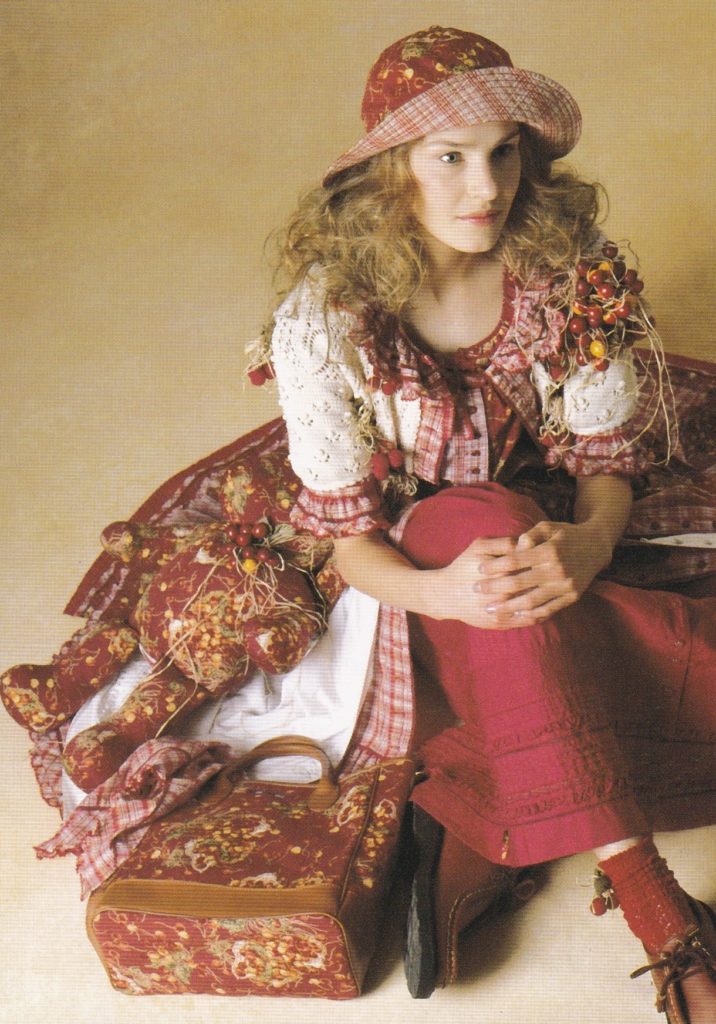
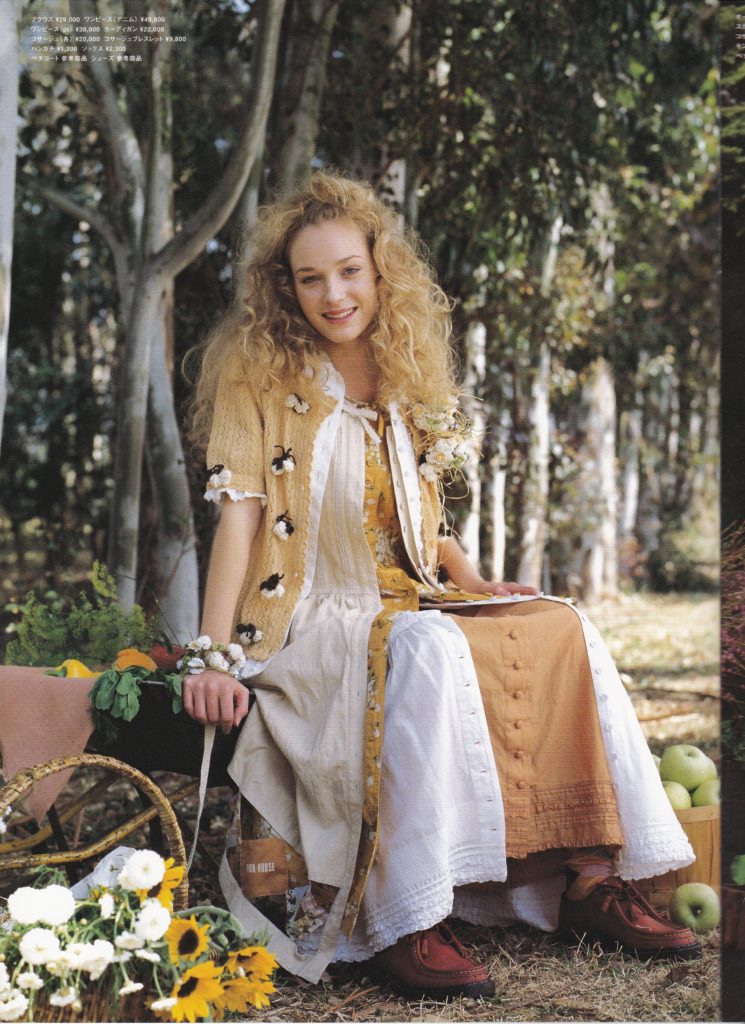
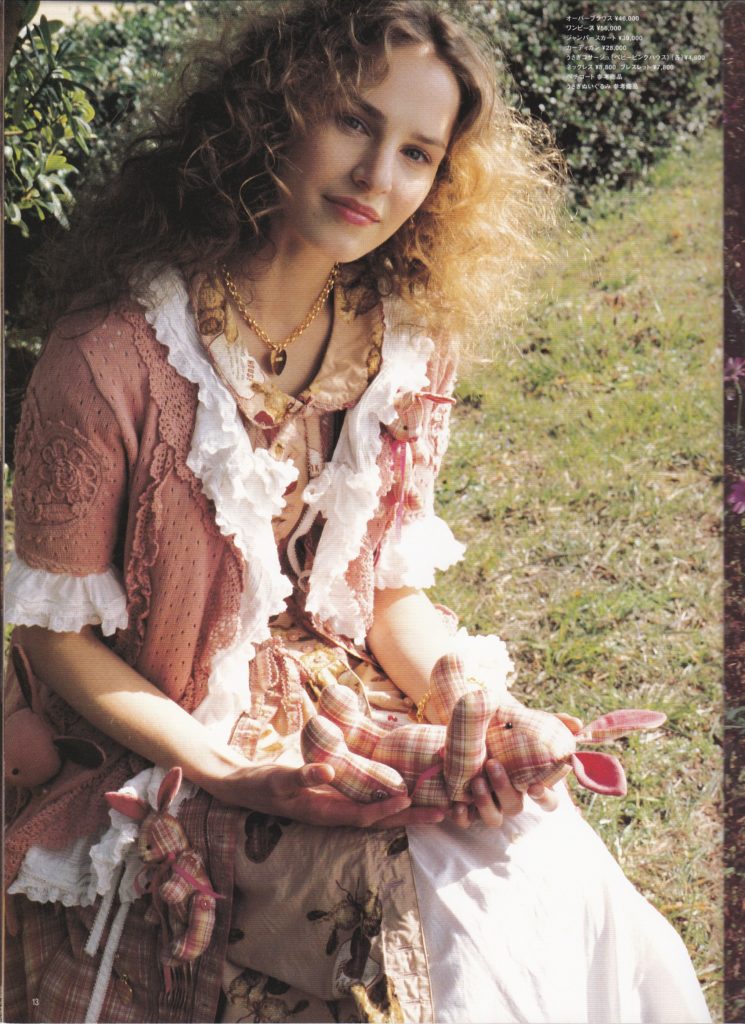

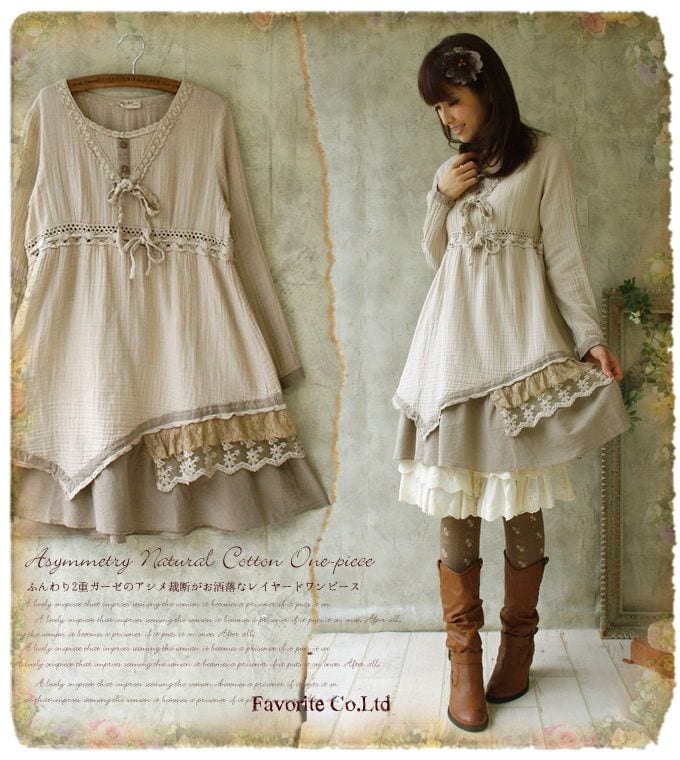
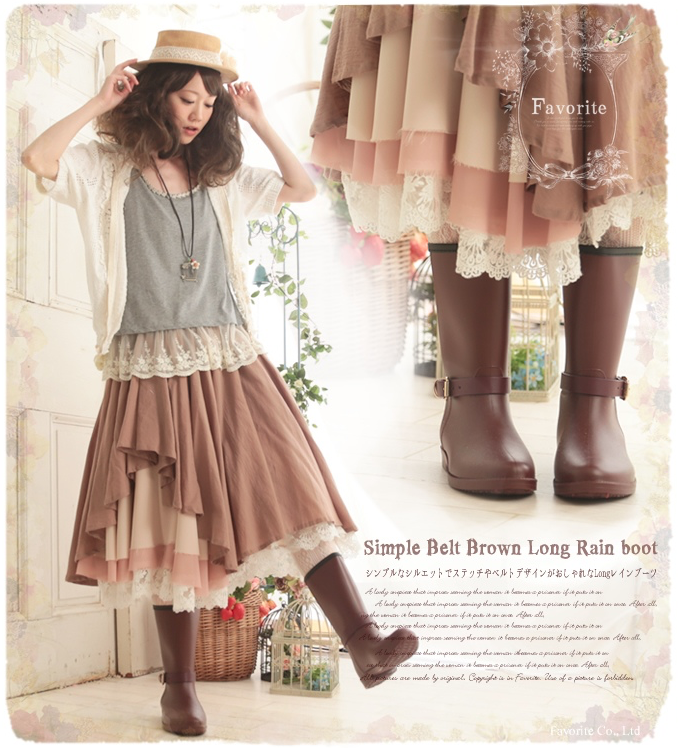
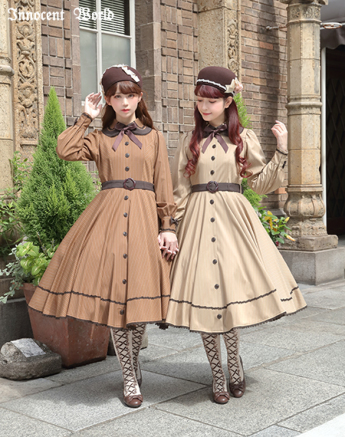

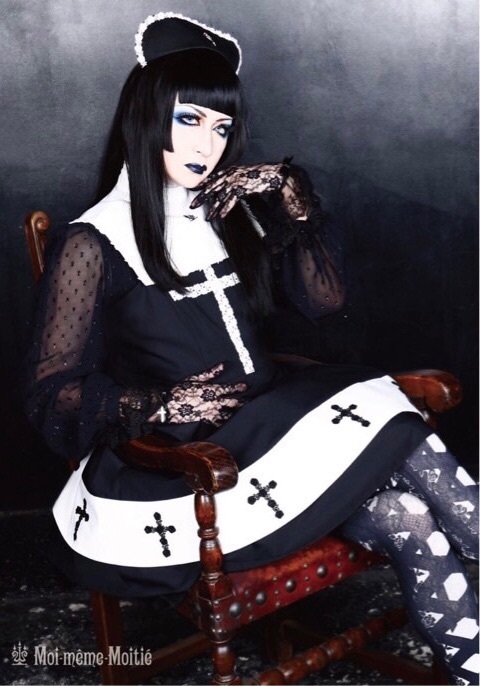
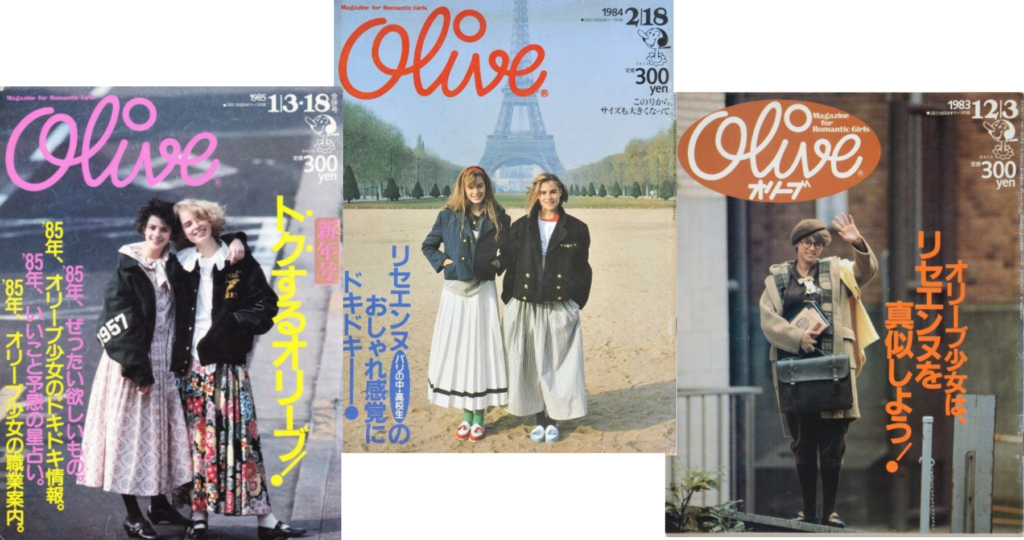
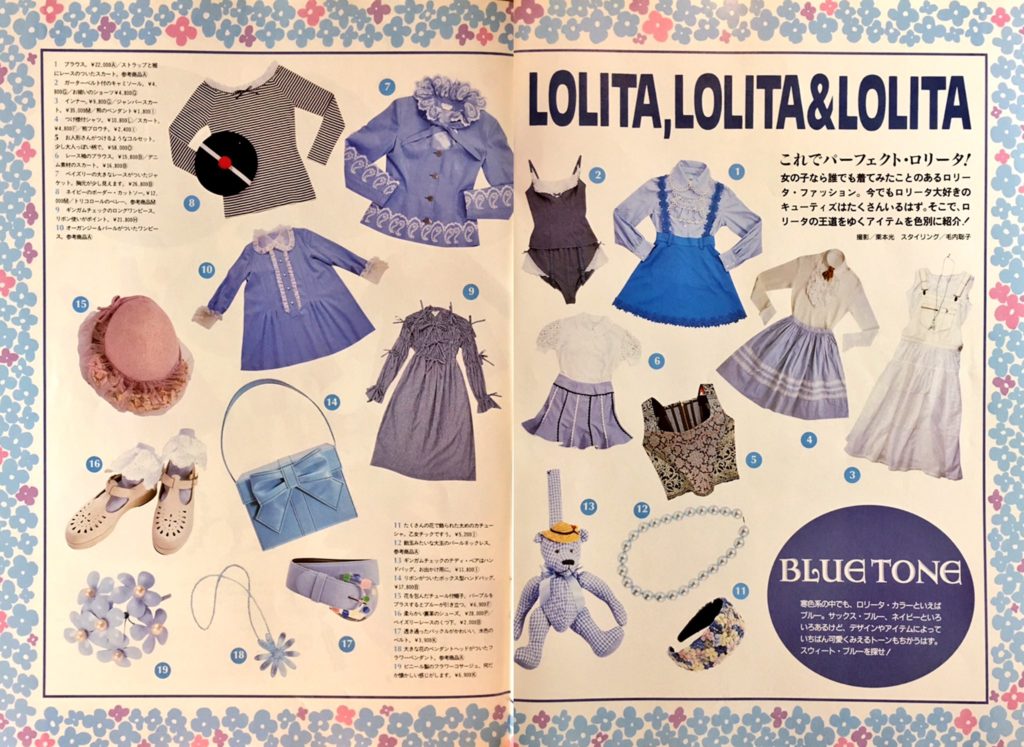
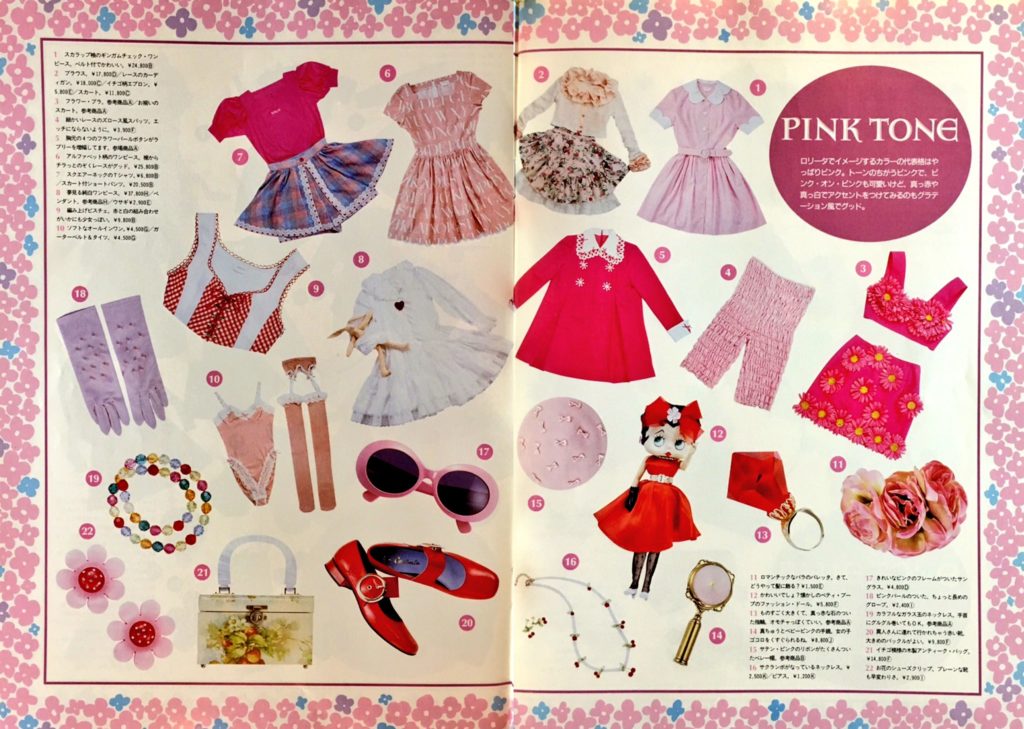
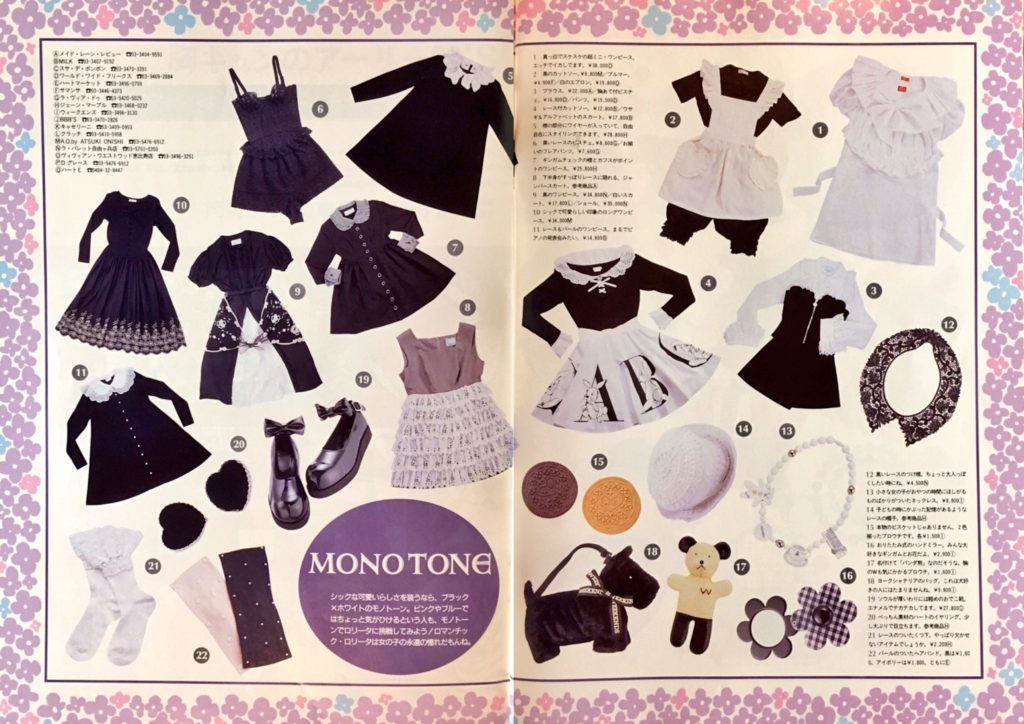
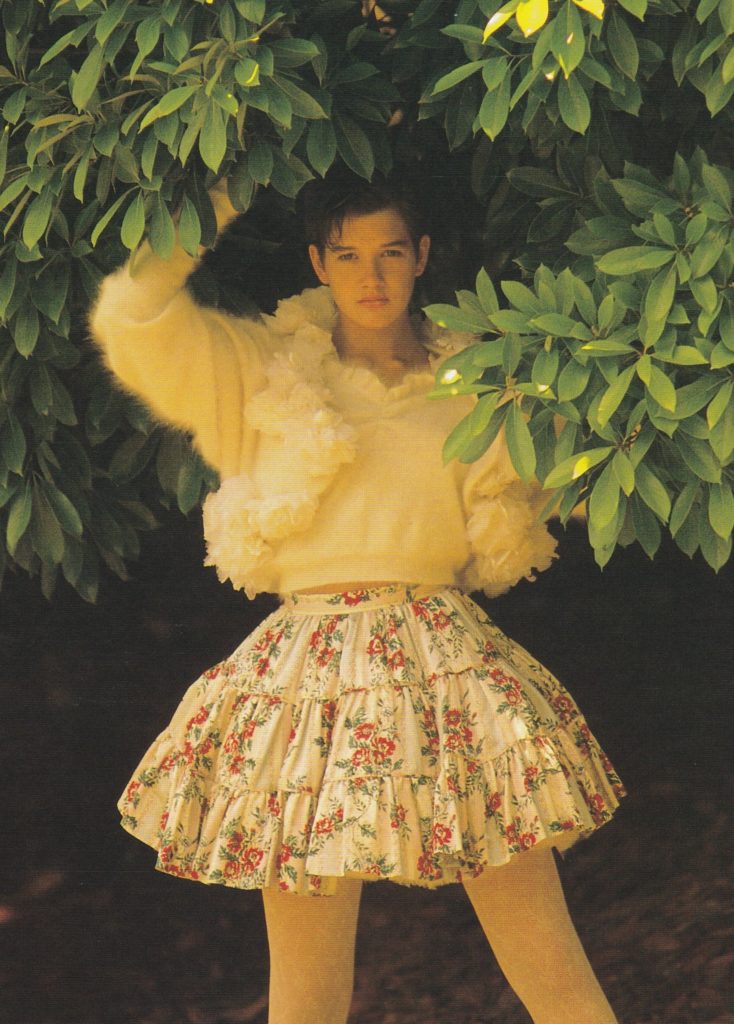
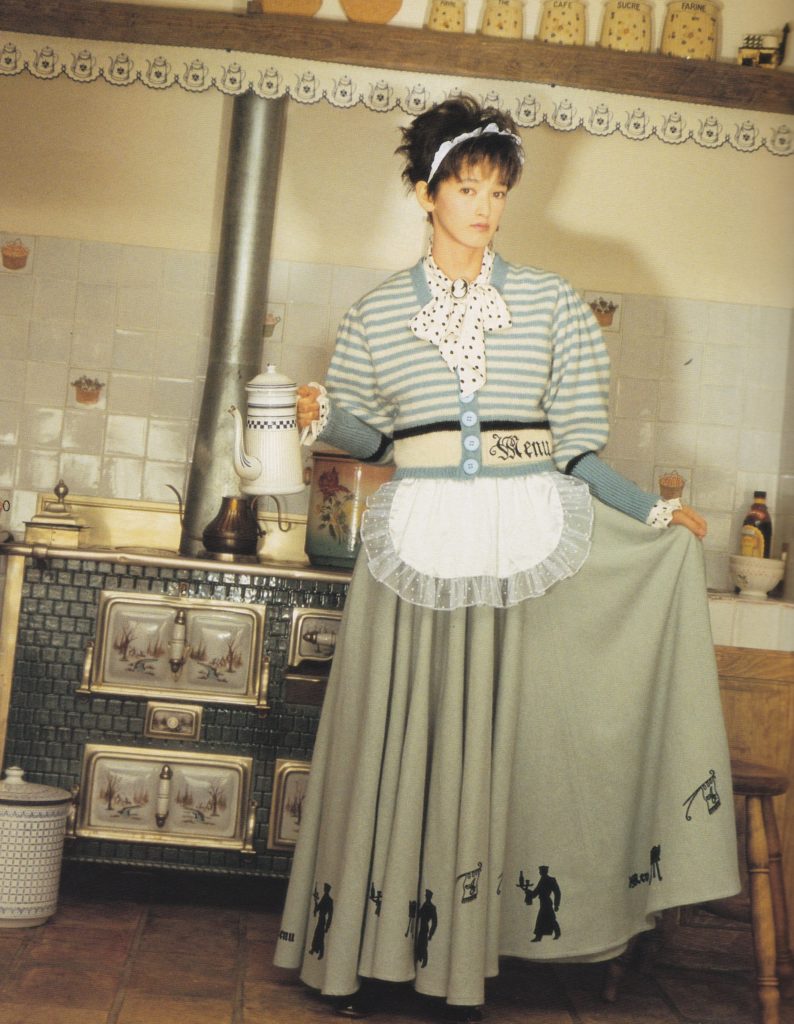
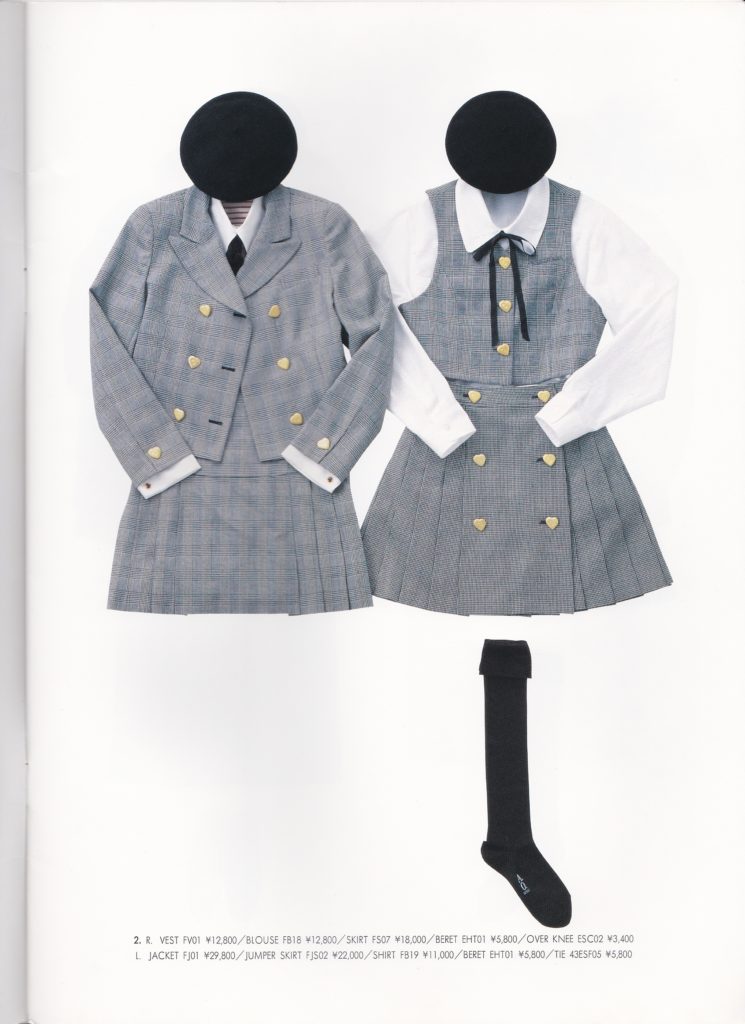
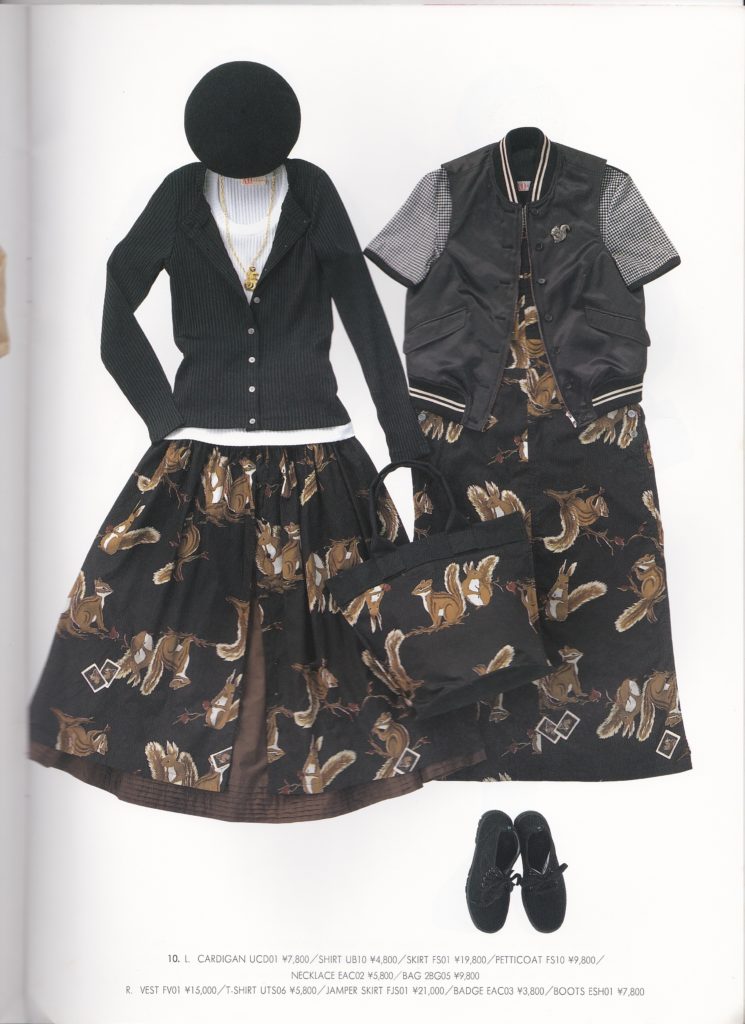
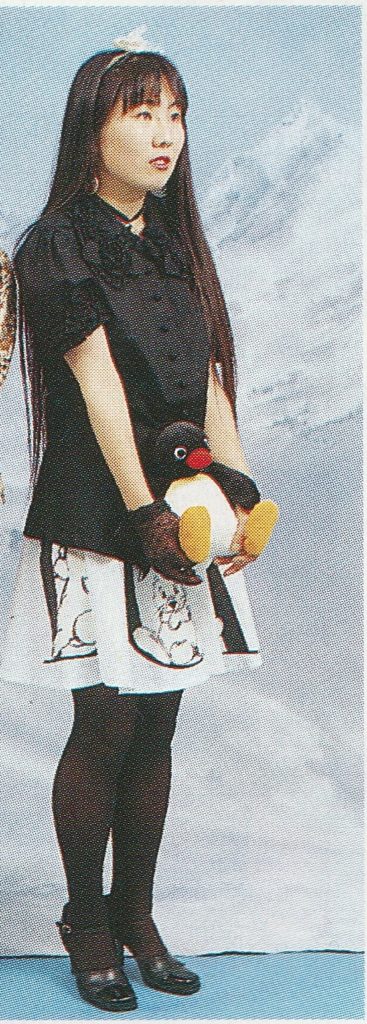
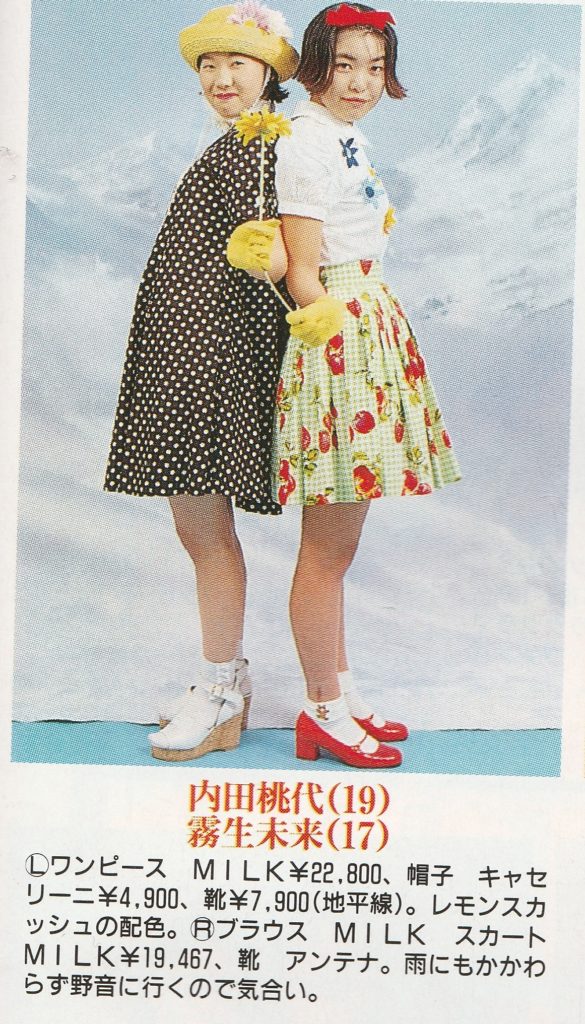
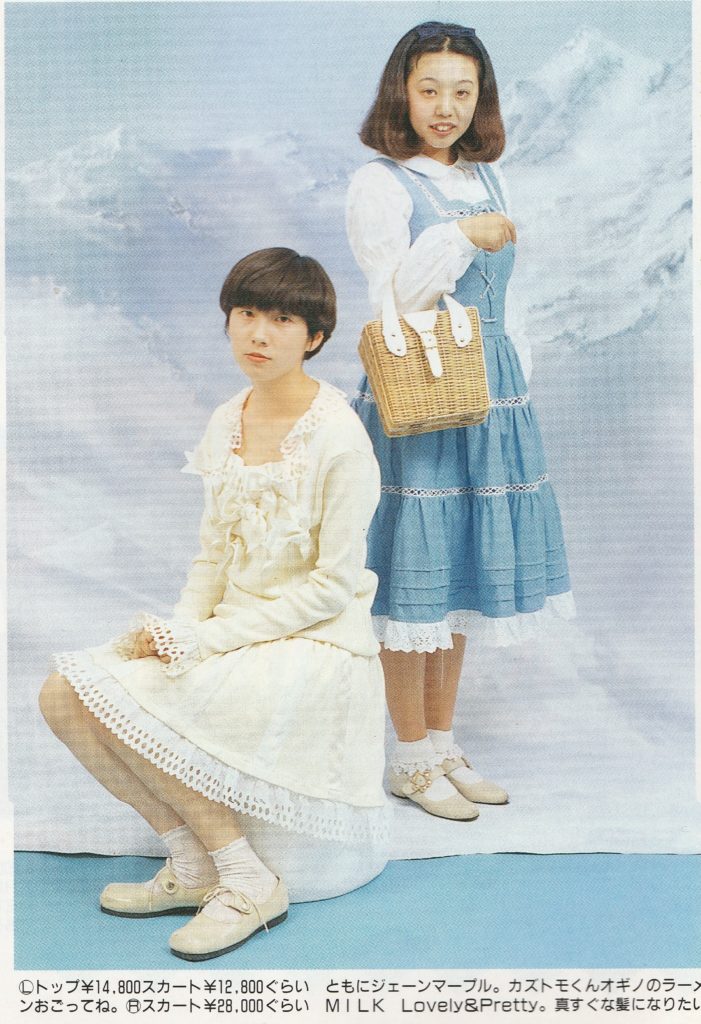

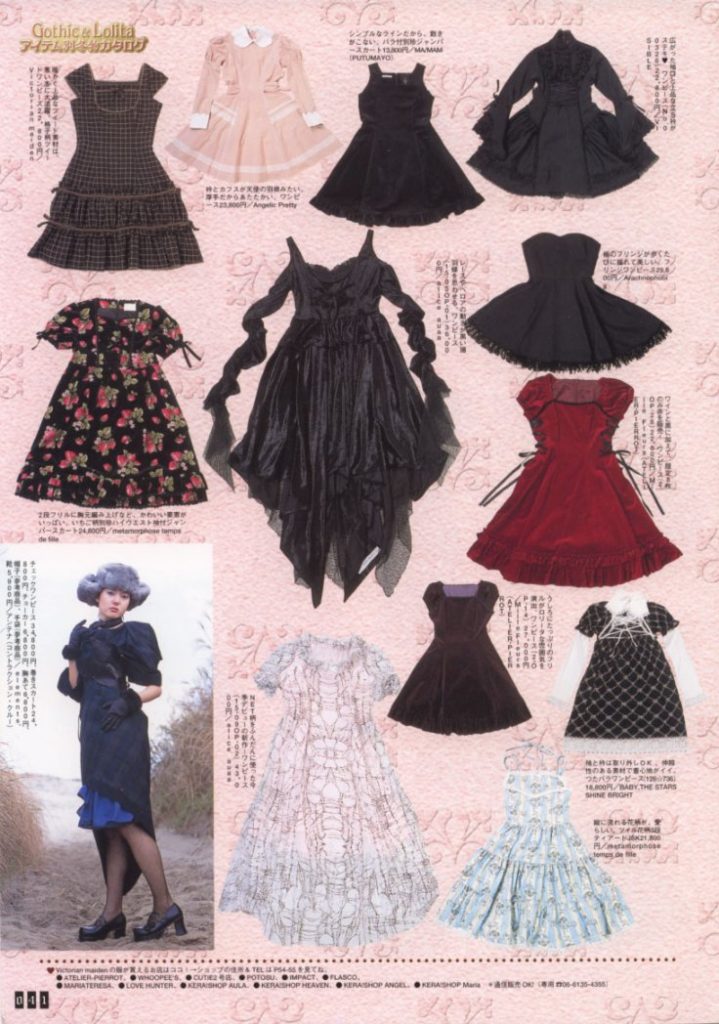
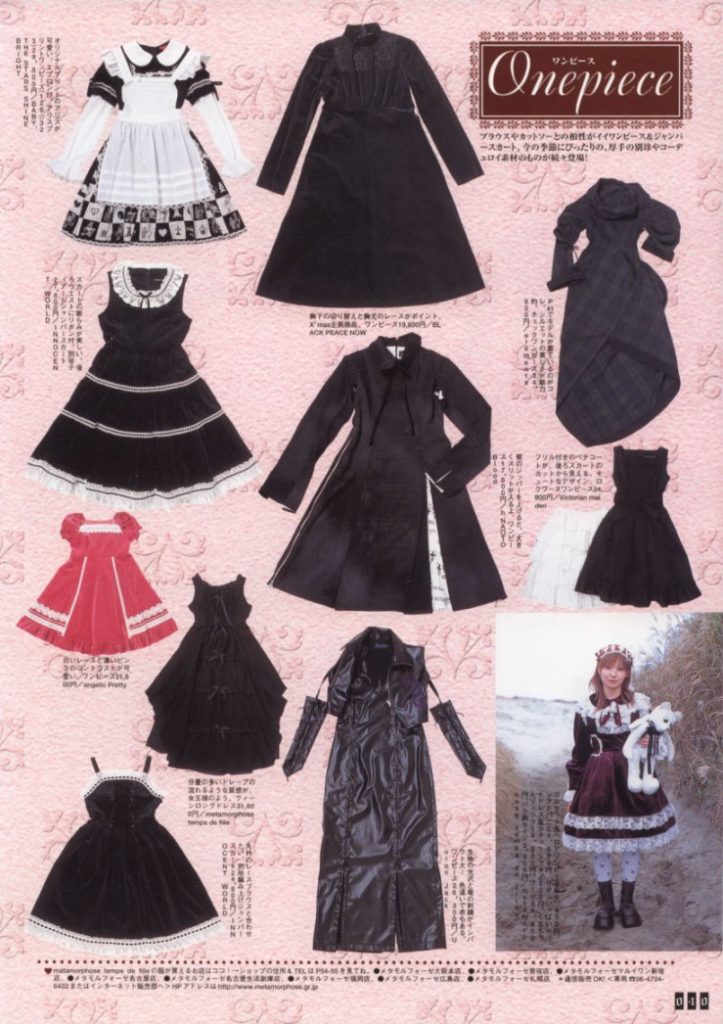

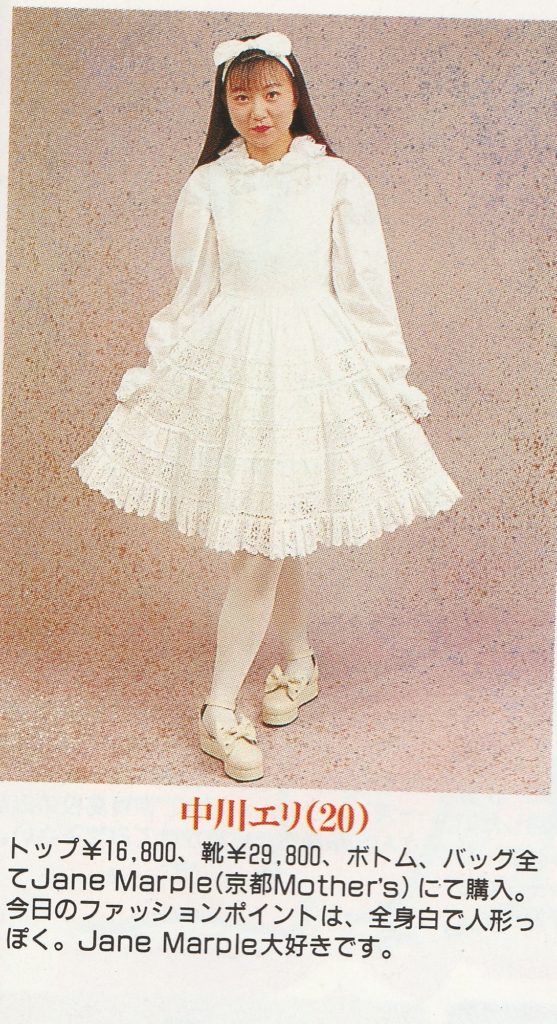
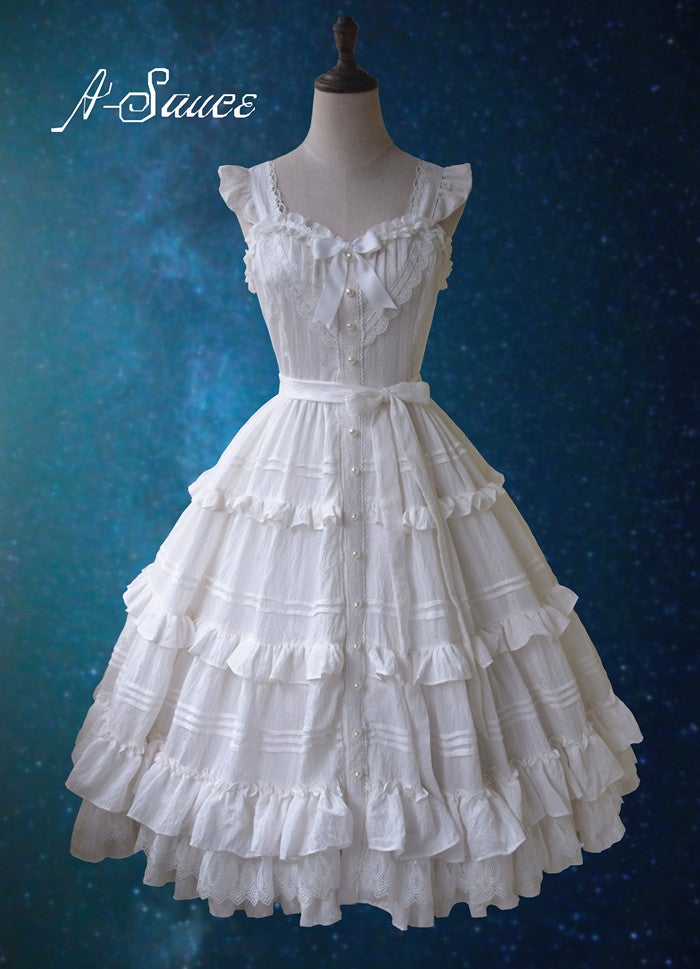
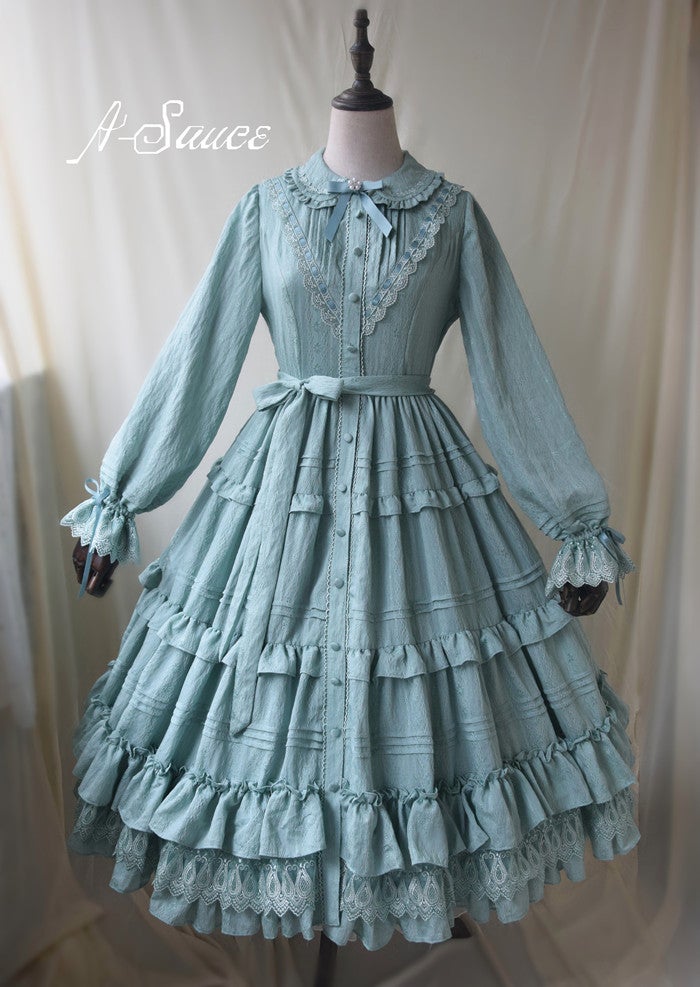
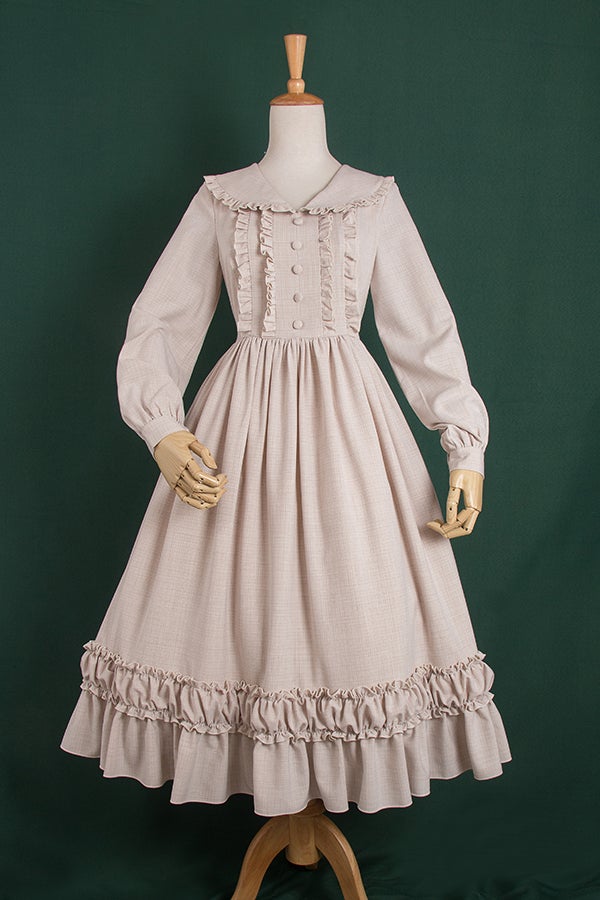
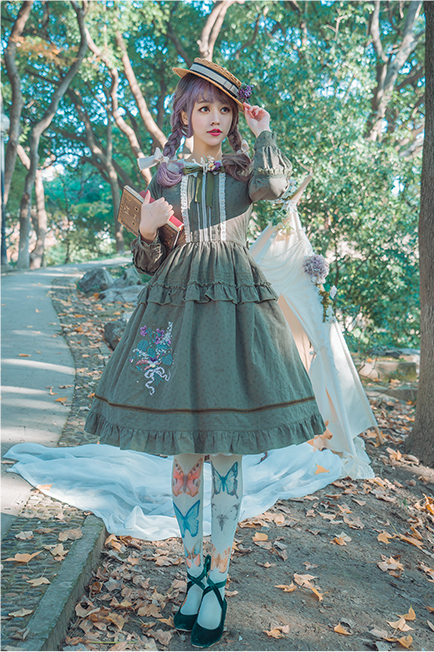
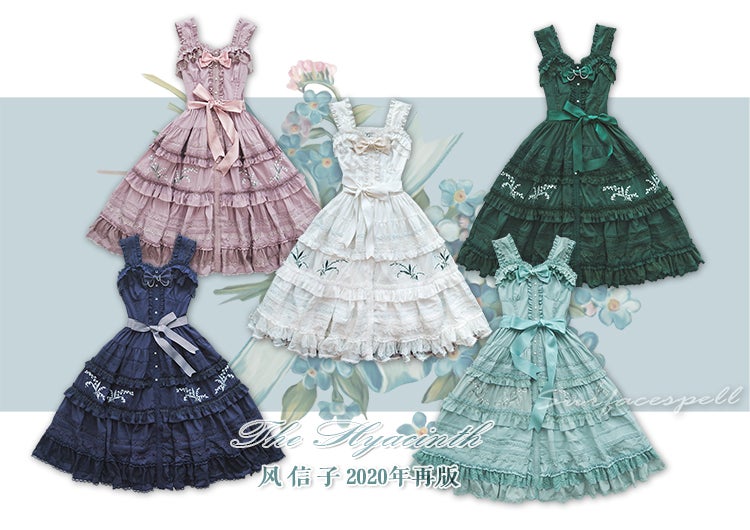
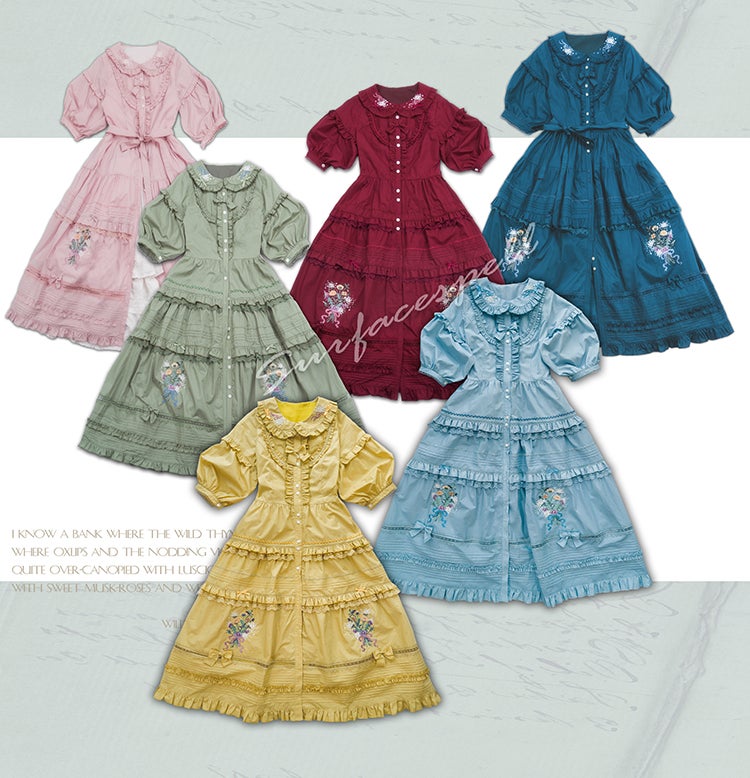
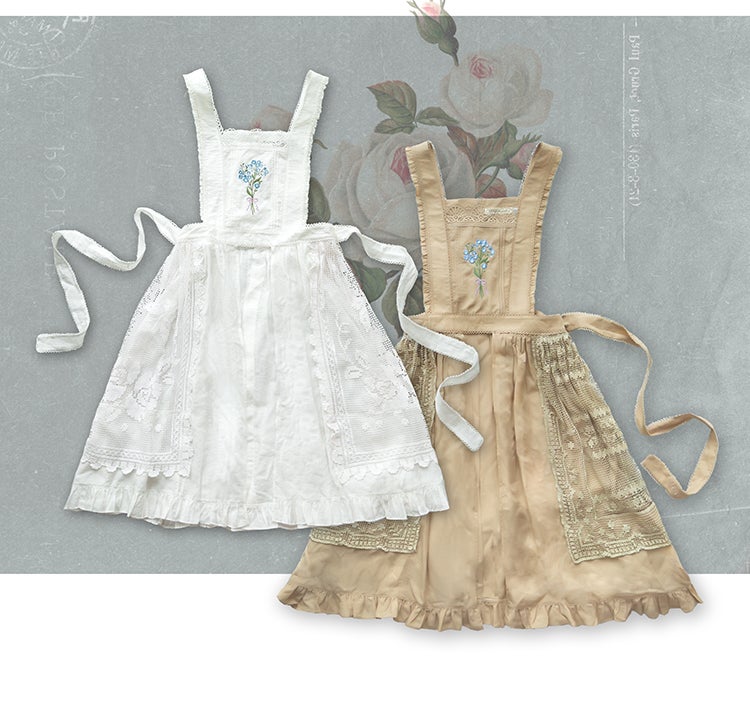
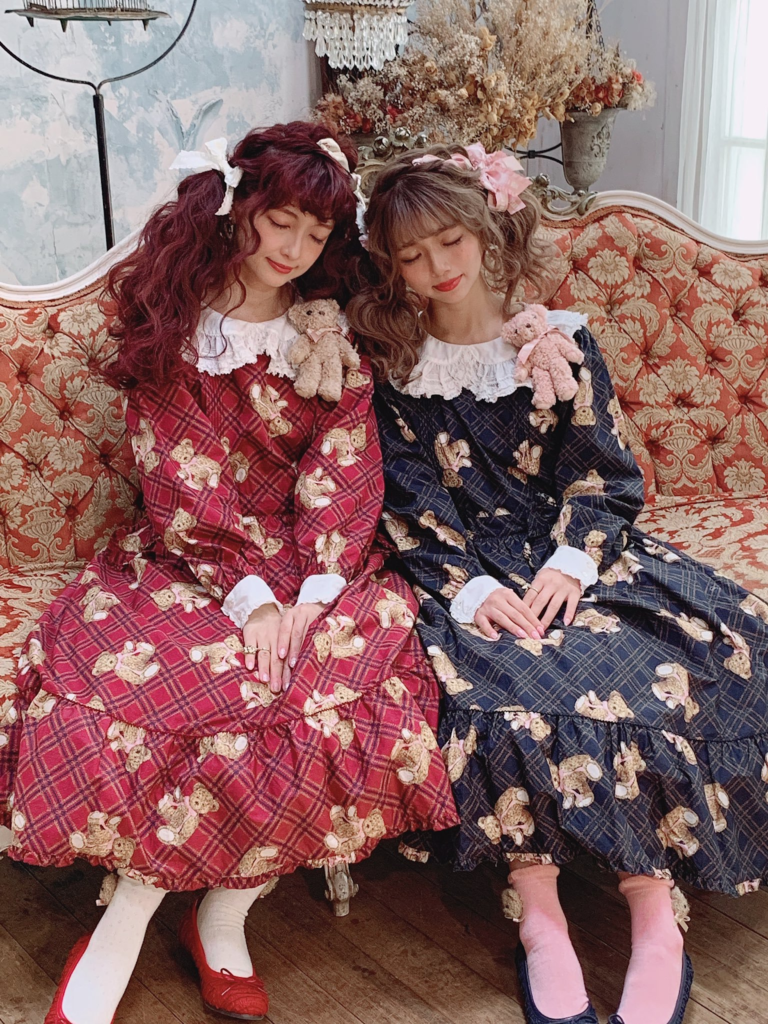
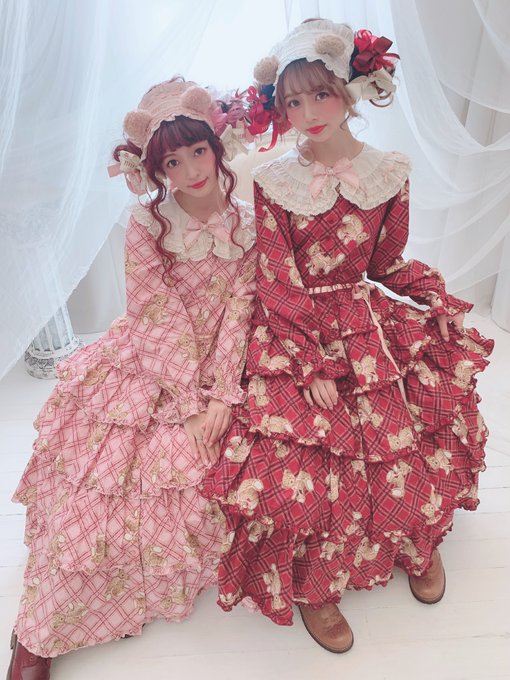
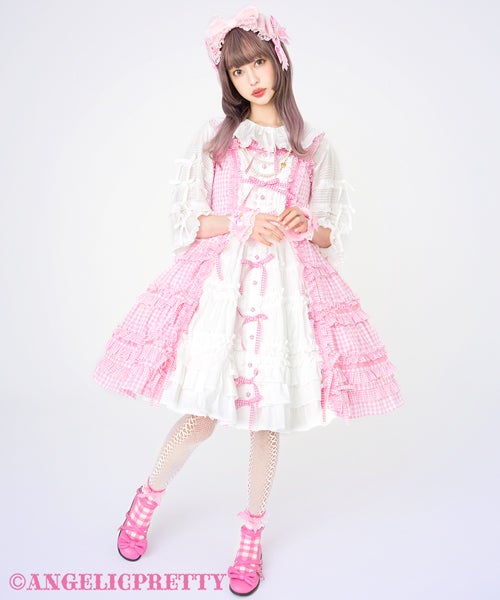
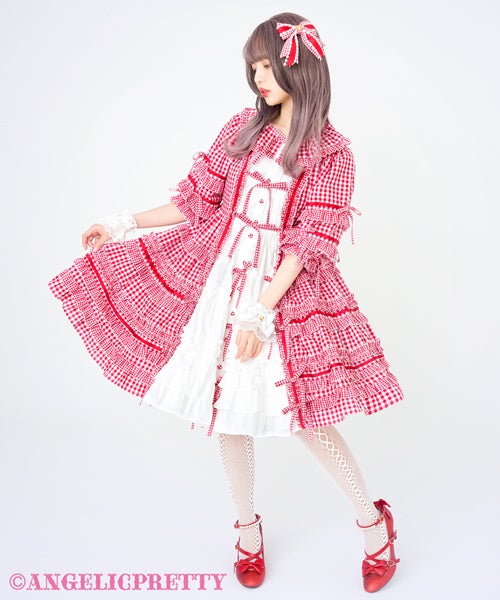
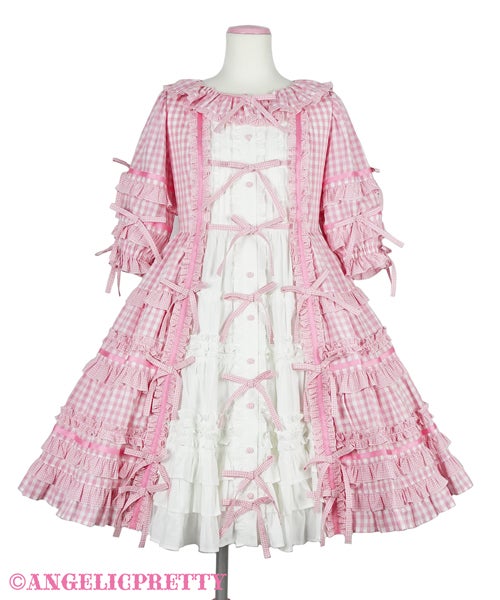
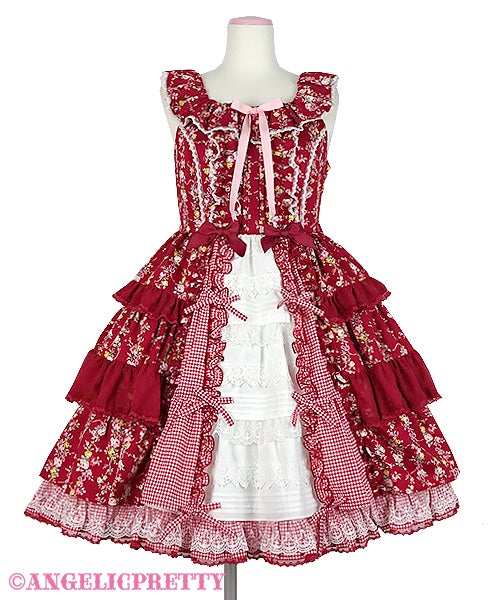
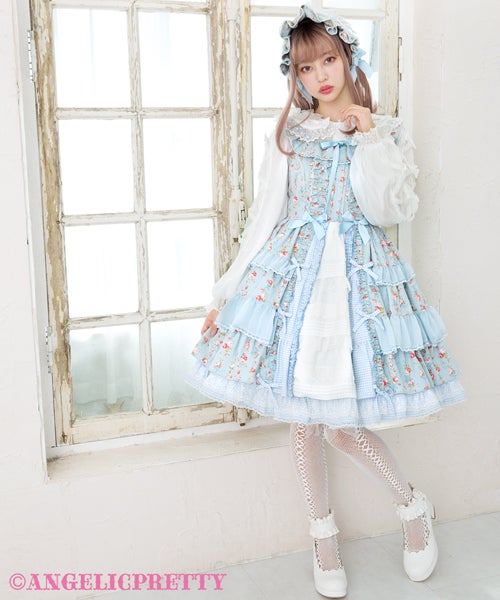
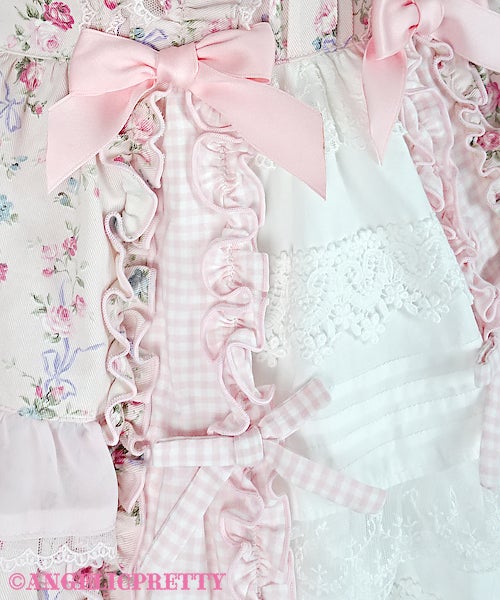
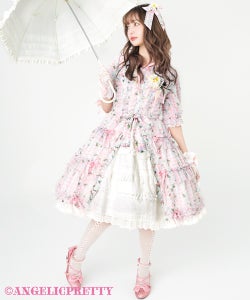
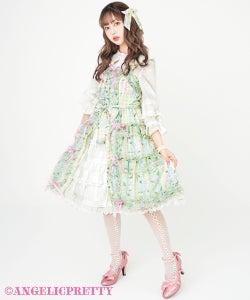
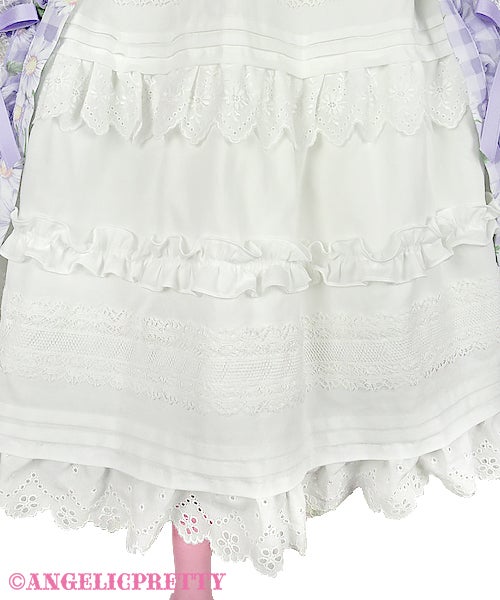
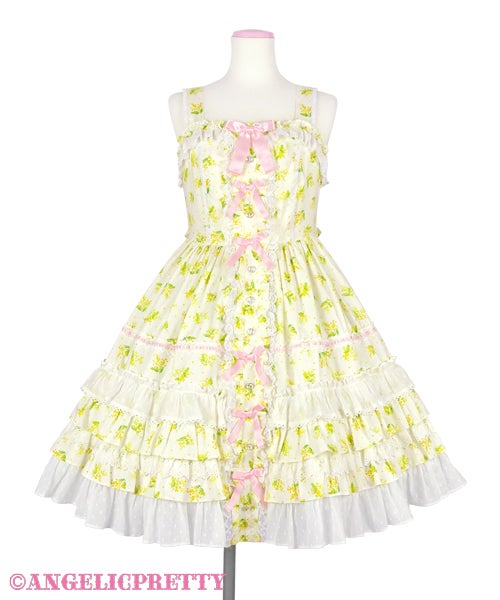
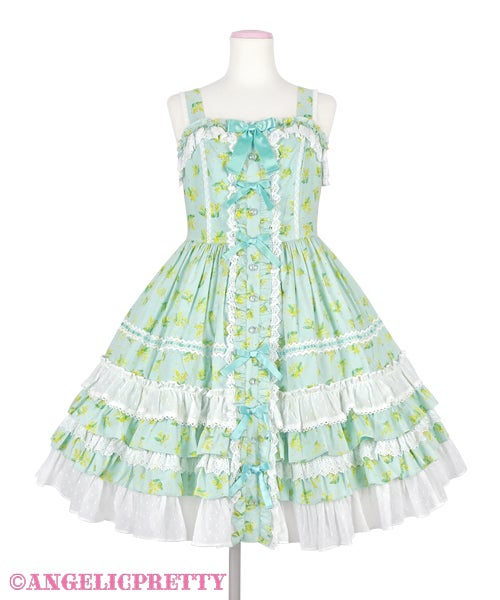
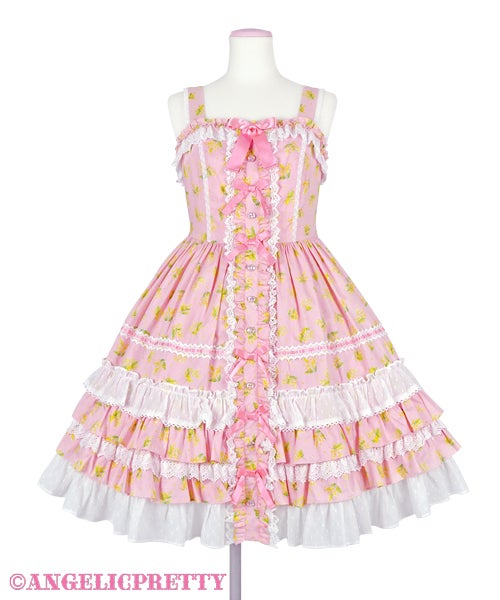
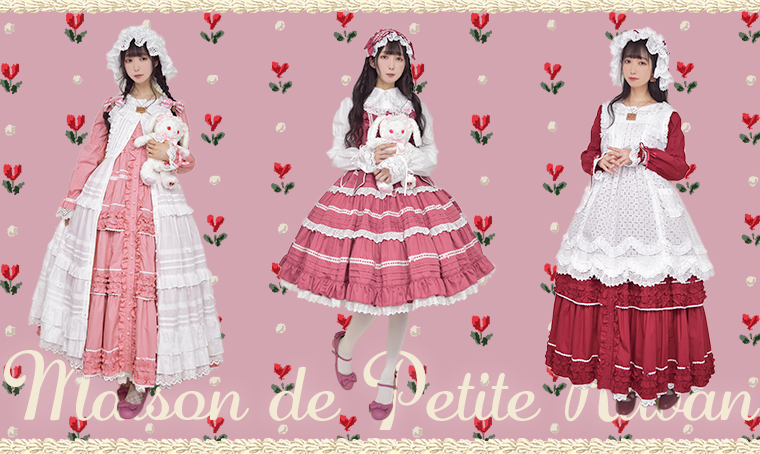
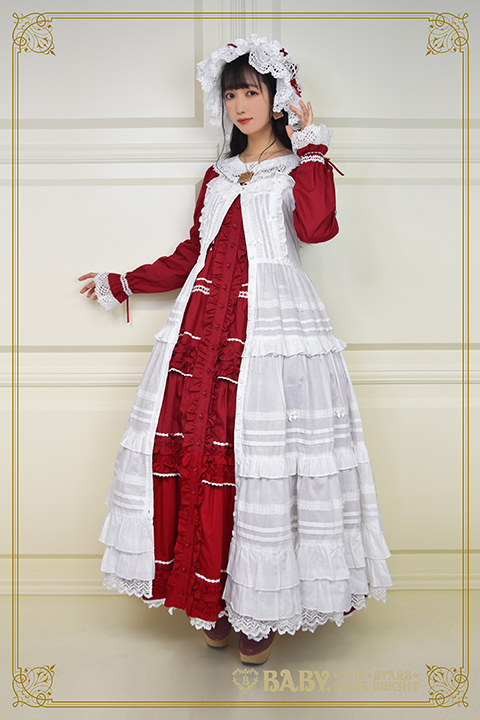
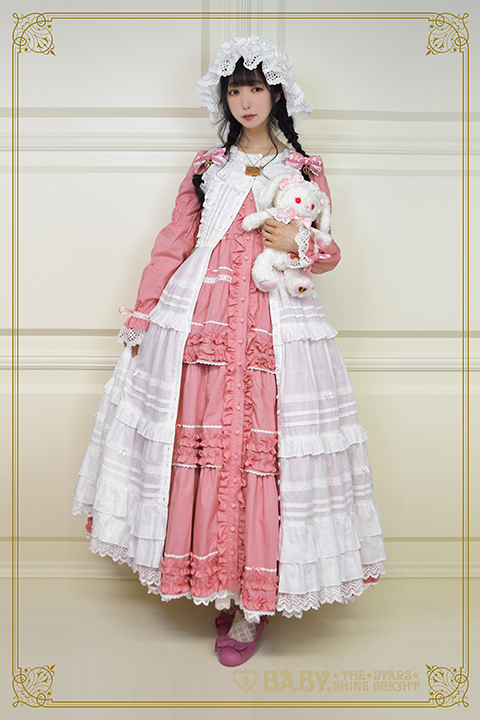
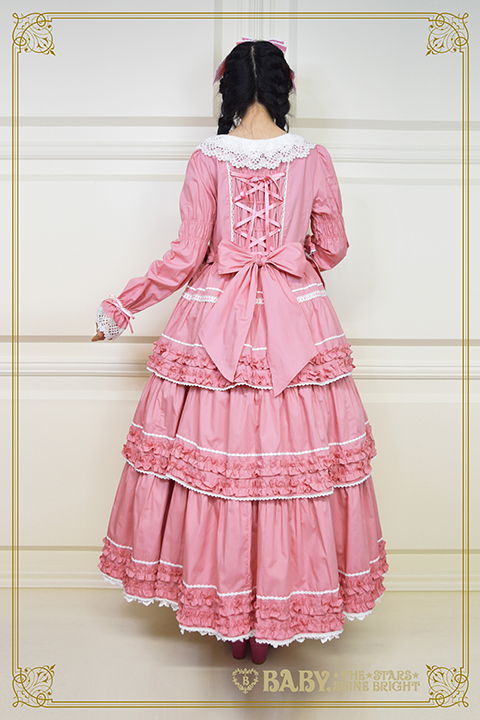
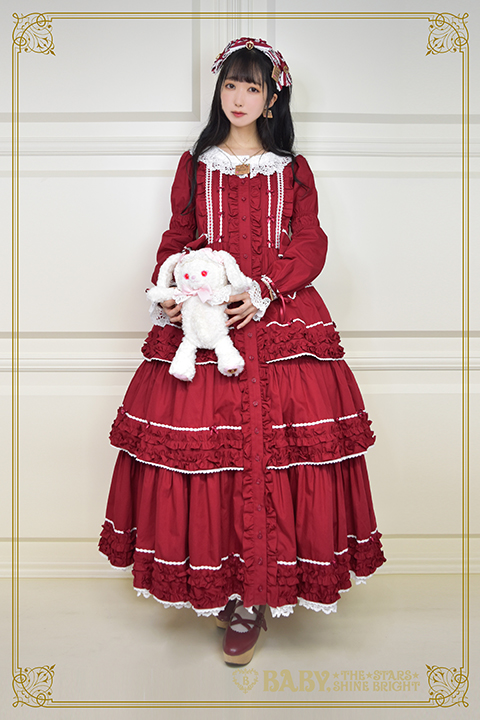
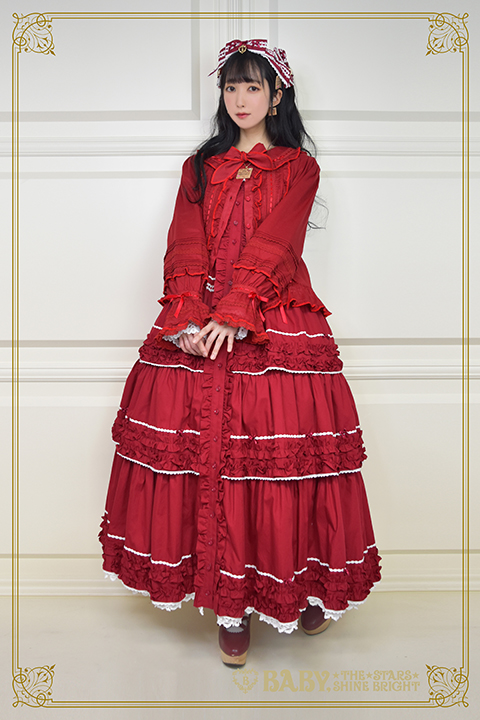
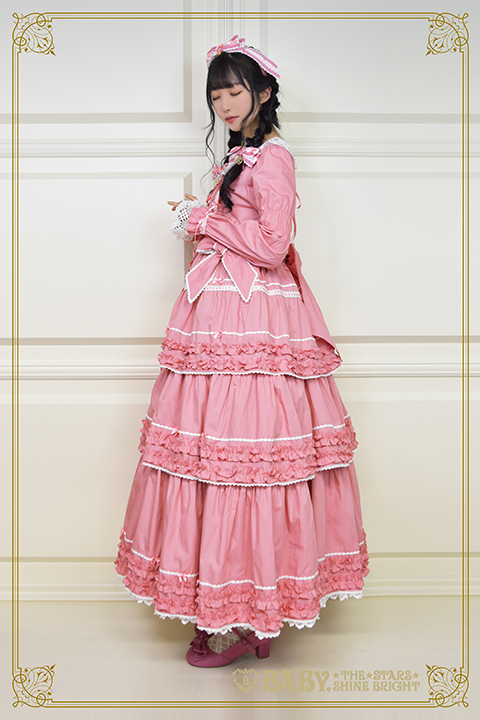
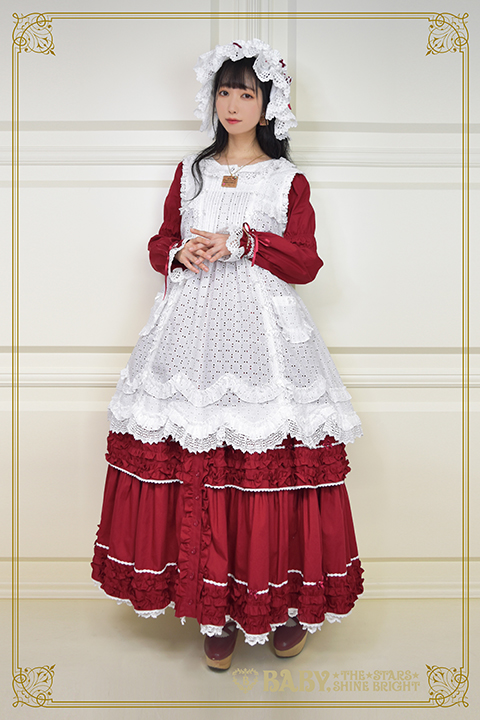
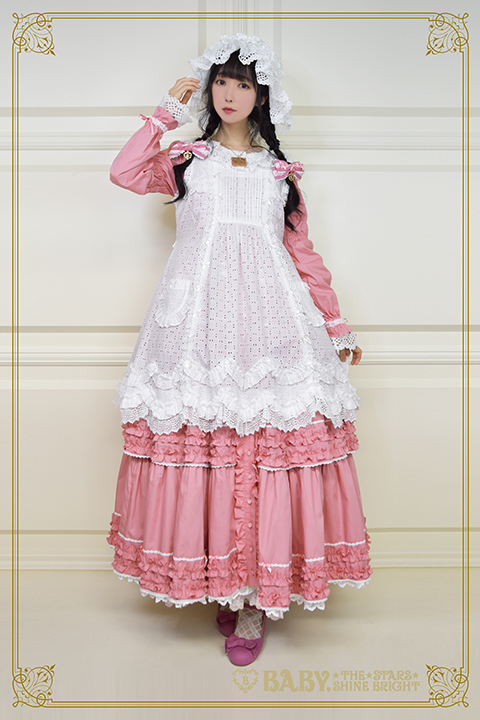
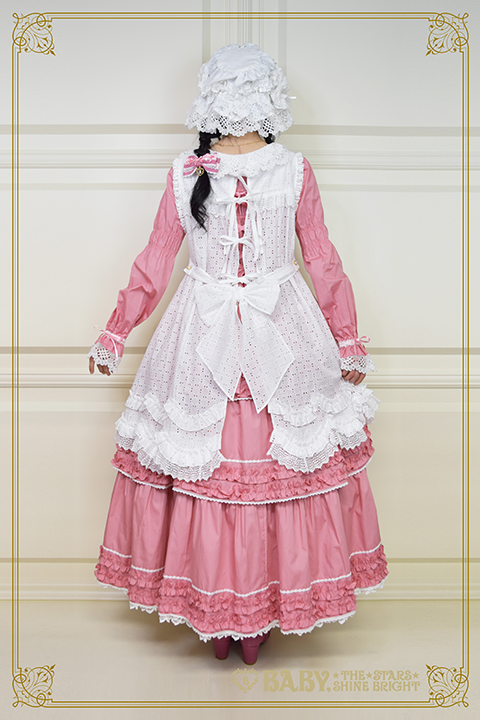
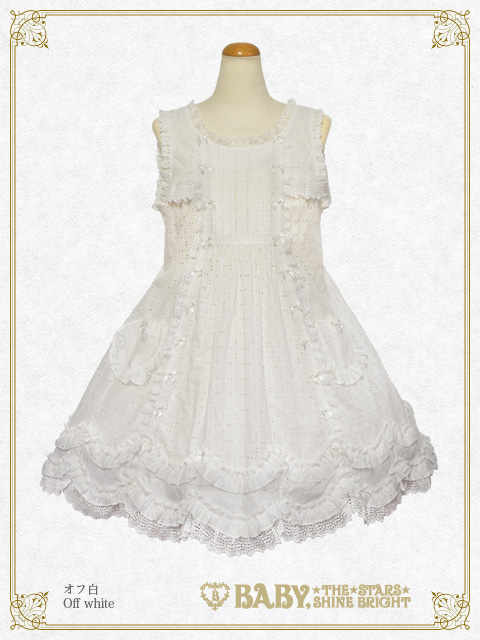
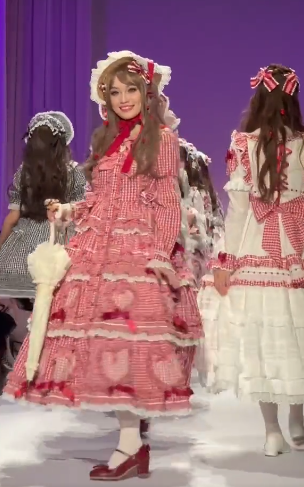
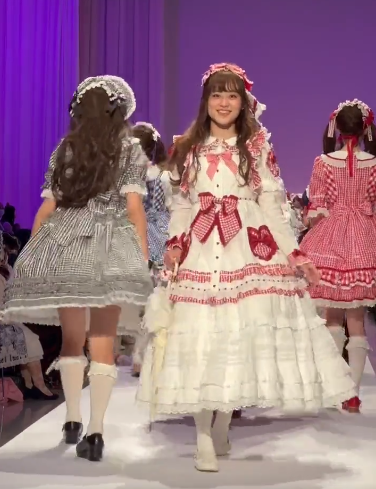
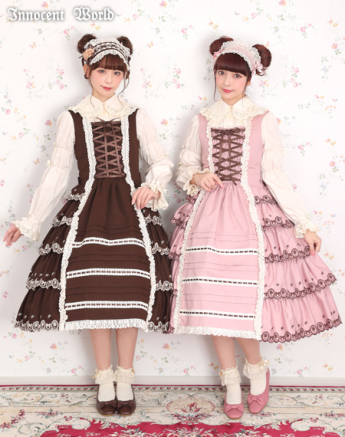
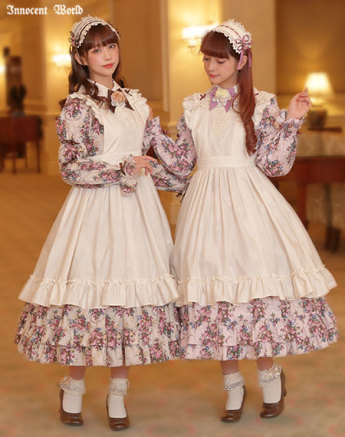
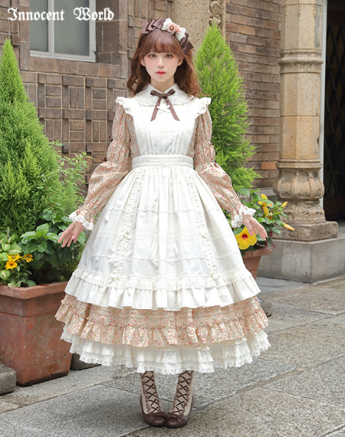
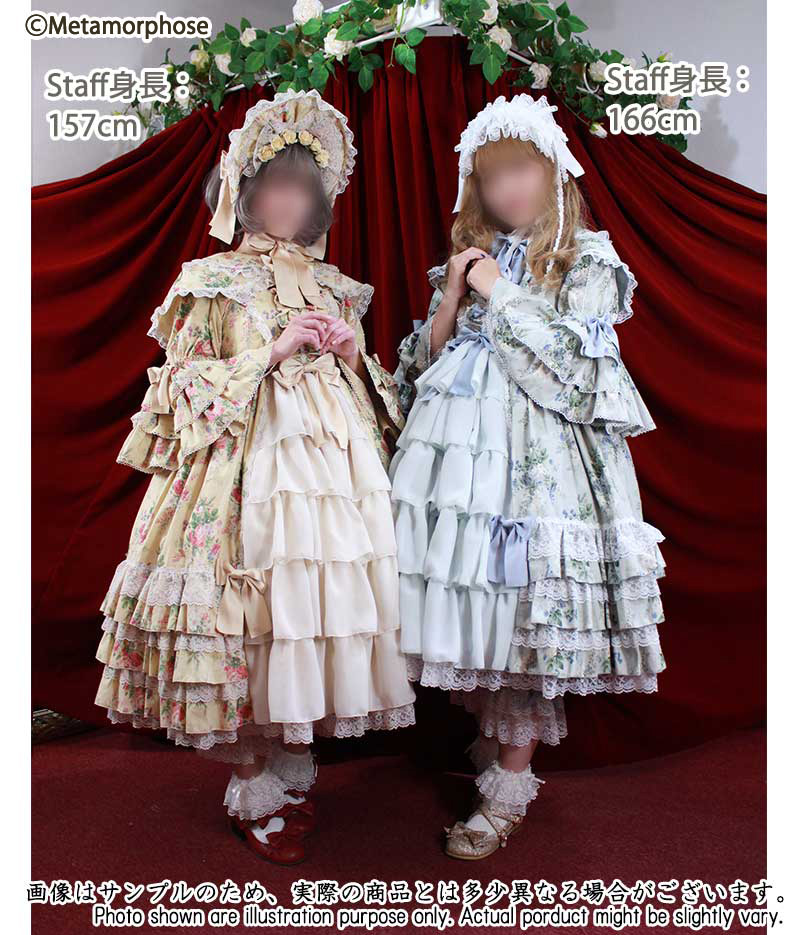
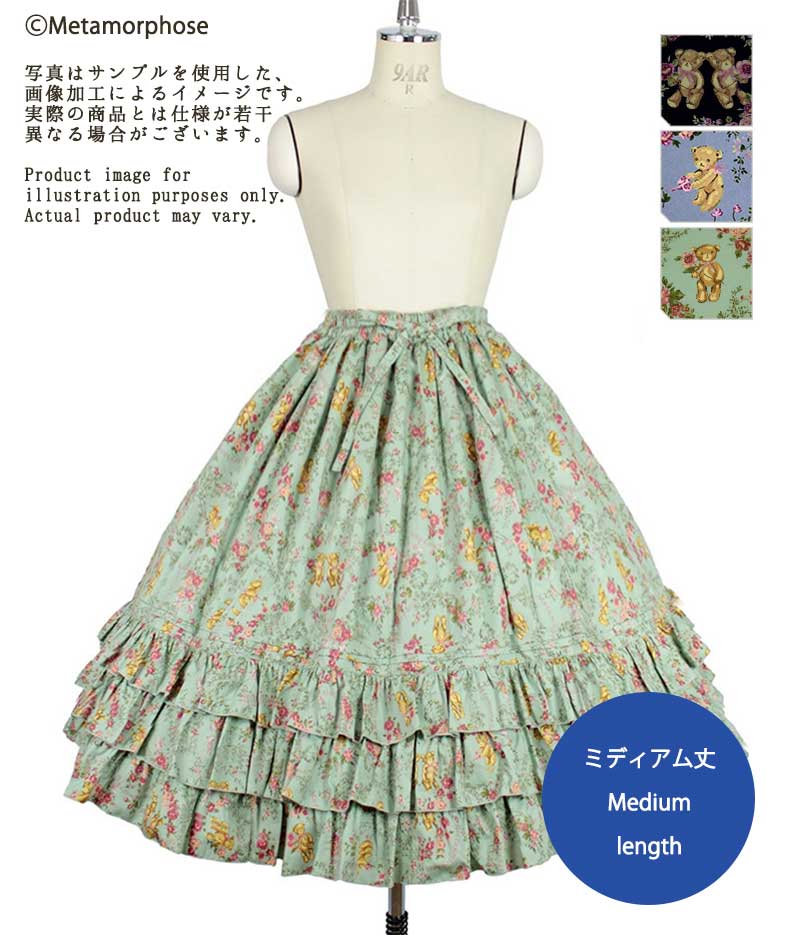
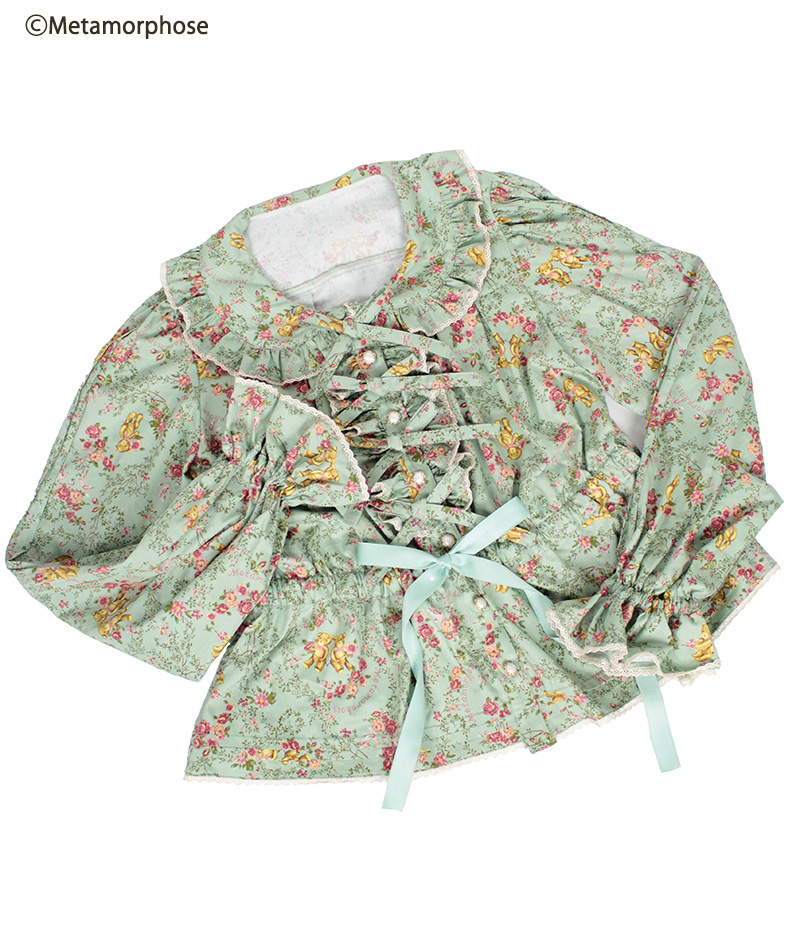
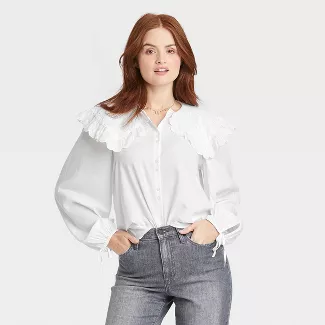
This is fascinating, thank you!
This was an excellent read, and no such things as too much info! I’ll admit that despite having been into lolita for nearly a decade I’ve never paid much attention to the history, so this was very educational for me.
This was so insightful! I love your blog.
that was a great read, thank you so much!
Amazing, insightful read as always! This current wave of praire style fashion caught me by surprise, it’s not something I thought I would be interested in!
And I don’t know what exact word Misako used, but I assume it was otona? It’s used a lot in Japanese as a way to say something is more mature/sophisticated/classic etc.. People talk about the “otona kawaii” style a lot.
I don’t think Misako, who is almost in her forties herself, thinks adult women should quit Lolita. Seems to be yet another case of a comment lost in translation, creating unnecessary drama.
Thanks for this post. I really enjoyed it! I collect BJDs, and Volks has always been a doll brand that is highly lolita-adjacent, with some official BTSSB collabs in the past, as well as many lolita-styled outfits for the dolls. In 2019 and again in spring 2022, Volks has done collaborations with Pink House, releasing two pairs of dolls dressed in Pink House outfits (with the corresponding human-sized outfits available from Pink House). The dolls this year, 2022, are marketed as celebrating 40 years of Pink House.
I’ve lived in Japan for almost 5 years, and I can definitely agree that it seems like the initial Pink House style is pretty separate from lolita. Since I’ve been here, there have always been a few older ladies in Pink House-ish outfits at doll events, but because the silhouette is a lot more straight/no flared skirt, it didn’t stand out to me, or it read as definitely being aunty/grandma style. But, especially with the recent Misako Aoki collaborations, I’ve seen a few bloggers who usually wear lolita styling Pink House items with a petticoat underneath. Still long, but more bell shaped. And I’ve seen one or two people with that style at doll events.
Although Pink House is pretty pricey, they do have the big advantage of fitting a larger range of people. I have one BTSSB dress that I had to alter to fit (I’m 178cm tall/bust over 100cm), but I also have one Pink House dress that I can fit in with no alterations. My dress is one of the ones with a belt and elasticized waist, so it actually kinda just looks like a long lolita dress. I’m looking forward to coordinating it in a bit more of a lolita way, with a petticoat.
Anyway, thank you! 🙂